Homemade Pizza Dough
As an Amazon Associate and member of other affiliate programs, I earn from qualifying purchases.
Do you love homemade pizza like I love homemade pizza? If so, you will need an excellent recipe for pizza dough. I’m here to help you with this easy recipe that will result in a great pizza every time. Homemade from start to finish, rolled out into a light crisp thin crust or an epic thick crust, this homemade pizza dough recipe is sure to make your favorite pizza pie toppings even better!
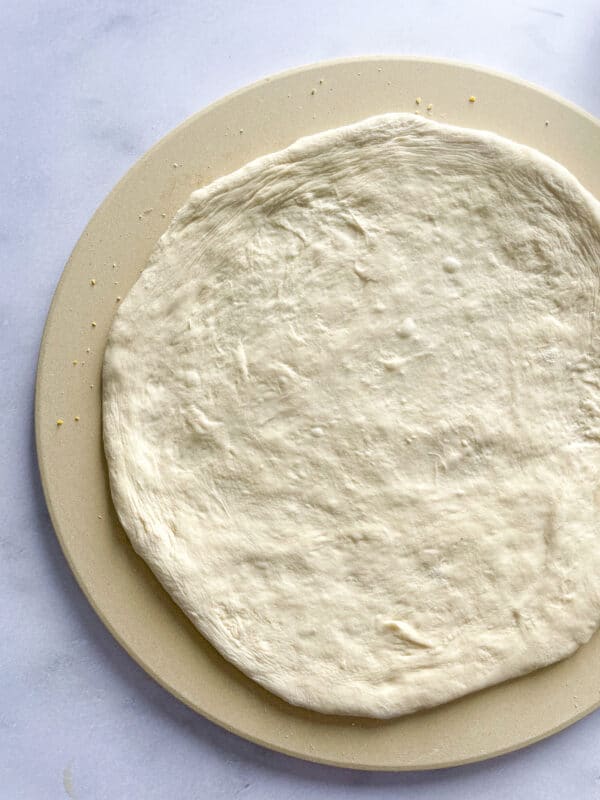
For years I have made what our family called homemade pizza, calling it that because I didn’t order it from my local pizza shop. But when I made it at home, I typically used one of the refrigerated crusts or the Jiffy mixes. That was until I found this recipe and method for homemade pizza crust.
WHY YOU WILL LOVE THIS RECIPE FOR HOMEMADE PIZZA DOUGH
It may seem as if we should leave pizza-making to the professionals, but I’m here to let you know that you’ve got this! This is the best pizza dough recipe and following these step-by-step instructions will ensure a delicious homemade pizza. This is not a quick recipe, as it needs hours of proofing time, but it is simple and has only 4 ingredients. You can also use this pizza dough to make other recipes such as calzones, breadsticks, baguettes, or even cinnamon rolls. Give this Pepperoni Pizza Bread a try!
It’s always the right time for pizza whether you are making it for dinner, an appetizer, or game day. And, once you learn to make your own pizza dough, you’ll never go back.
INGREDIENTS NEEDED FOR PIZZA DOUGH RECIPE
You will find the complete measurements and instructions in the printable recipe card at the bottom of this post.
- Bread Flour – For best results use bread flour. If you don’t have it, in a pinch all-purpose flour would work, but the best flour choice is bread flour for this recipe.
- Water – Always use room temperature water for pizza dough.
- Active dry yeast – I highly recommend using active dry yeast, however you can substitute instant yeast (also known as rapid rise) if that is all you have. You will need to use about 25 percent less. So, in this recipe, you would use .75 grams of instant yeast. You don’t need to proof instant yeast, just add it directly to your dry ingredients.
- Salt – This recipe calls for sea salt, but you can also use fine Himalayan pink salt or table salt.
- Oil – You will only need a small amount to oil the bowl when making the dough.
GRAMS VS. CUPS FOR MAKING DOUGH
Please note that all ingredients are measured in grams vs. cups. The difference between grams and cups is weight vs. volume. Although I have listed both measurements, your recipe will yield much better results if you measure in grams (weight).
The reason for this is no matter how carefully you measure a cup of flour, every level cup of flour will contain a slightly different volume of flour than the last measured cup. To remedy this, and get a proper measurement every time, you have to weigh your flour on a scale.
Professional bakers and pizza makers all measure this way because it is precise and the results can be replicated by others. This is particularly important for flour and water. However, if you do not have a food scale, I have listed the volumetric measurements for you.
HOW TO MAKE THIS EASY RECIPE FOR PIZZA DOUGH
FIRST: Add 1 ½ cups water into a large bowl and set aside. Your water needs to be room temperature – somewhere between 78-81 degrees Fahrenheit. This is the optimum temperature for dry active yeast to thrive and multiply which is vital for successful pizza dough. To achieve room temperature water make sure your water sits out for at least 15 minutes. You can use a food thermometer to check the temperature.
SECOND: Add yeast into a separate smaller bowl. Add 2 Tablespoons of room temperature water from the large bowl to the small bowl with the yeast. Set aside to allow the yeast to activate.
THIRD: Combine flour with the remaining water in the bowl from step 1. Mix until just incorporated. Cover and let rest for 30 minutes.
FOURTH: After 30 minutes, sprinkle salt over the top of the dough. Add the standing yeast mixture to the dough as well. Mix by hand and fold the dough until the salt and yeast are fully incorporated.
You can knead the dough by hand or use a dough hook in the bowl of a stand mixer. Mix on low for about 4-5 minutes until the dough is soft and elastic.
FIFTH: Lightly oil the large bowl, add dough, and cover to allow for the first rise. After 30 minutes apply the first fold. Cover once again and let rise for 6 hours.
SIXTH: Remove from the bowl onto a lightly floured surface. Divide the dough into two equal balls. Shape and add to a lightly floured baking sheet. Flour the tops of the dough, cover, and let proof for another 30-60 minutes.
SEVENTH: Meanwhile, preheat the oven to the highest setting possible and preheat your pizza stone.

EIGHTH: Check proof using the finger dent test. The dough is ready when you press the dough gently with your knuckle or finger and it springs back slowly but still leaves a small indent. If the dough springs back right away, it needs more proofing. When ready, flour the work surface once again and roll out the dough to desired thickness.
Note: This recipe will make two pizza crusts – either two 12” thick crust pizzas or two 14” thin crust pizzas according to your preference.
Love it? Pin It!
Don’t forget where you found this fantastic homemade pizza dough recipe! Pin it to your favorite Pinterest board before you go!
HOW TO MAKE HOMEMADE PIZZA
Top pizza dough with desired toppings. I’ve listed some of my favorite pizza recipes below. After about 30 minutes of heating your pizza stone, remove it from the oven and add assembled pizza using a pizza peel.
Put back into the oven for 10 minutes or until the pizza is browned and bubbly. Remove the pizza from the oven and let it cool. Enjoy your homemade pizza!
PIZZA RECIPES TO ENJOY
Now that you have a handle on homemade pizza crust, you can create your own signature pizza with your favorite toppings OR try one of these delicious recipes!
- Spinach Artichoke Alfredo Pizza (pictured above)
- Buffalo Chicken Pizza
- Chicken Pesto Pizza
- Reuben Pizza
Pizza-Inspired Recipes:
- Pizza Pasta
- Pepperoni Pizza Grilled Cheese
- Pizza Dip
- Open Faced Pizza Burgers
- All of My PIZZA Recipes
FAQ’s
- What is basic pizza dough made of? Basic pizza dough consists of flour, water, salt, yeast, and sometimes oil.
- Which flour is best for homemade pizza dough? Bread flour is best for a thick, chewy crust because it has a higher protein content than other flour. Higher protein means a higher gluten content which makes it ideal for making light and airy bread and pizza crust. It will also help the dough stretch easier and rise more which results in a thicker, softer crust. If you prefer a crispy, thin crust pizza you will want to use all-purpose flour. The lower protein and gluten content in all-purpose flour will result in a crispier crust.
- What is a pizza peel? A pizza peel is essentially a very large spatula and the tool used to transfer your pizza to the pizza pan or stone or in and out of the oven without spilling any toppings or burning yourself. You will see this tool used in any pizzeria.
- What are bakers’ percentages? Bakers’ percentages are the method by which the formula for recipes is written. It is the ratio of the ingredients to the weight of the flour, which is always expressed as 100%. Professional bakers and pizza makers all measure this way because it is precise and the results can be replicated by others. For a more detailed explanation of this “Bakers’ Math,” you can visit King Arthur’s Flour.
- Can I freeze pizza dough? Yes! Once your pizza dough has fully risen and is ready to bake, portion it out and place each portion in a freezer bag with the air squeezed out. You can freeze your dough for up to three months. Before using it, thaw it in the refrigerator and bring it to room temperature before baking.
TIPS AND TRICKS FOR MAKING THE PERFECT PIZZA CRUST
- Always use room temperature water to activate your dry active yeast. Somewhere between 78-81 degrees Fahrenheit is the optimum temperature for yeast to thrive and multiply which is vital for successful pizza dough. To achieve room temperature water make sure your water sits out for at least 15 minutes.
- I recommend using olive oil to lightly oil the bowl that you will use to proof your dough. Place your covered bowl in a warm place while it rises.
- Don’t be afraid to let your dough be proof longer if it doesn’t pass the finger dent test. The dough is ready when you press the dough gently with your finger and it springs back slowly but still leaves a small indent. If the dough springs back right away, it needs more proofing.
- If you do not want to make 2 pizzas you can store the leftover dough in the fridge or freezer. Place dough in an airtight resealable bag and store in the refrigerator for up to 3 days or in the freezer for up to 3 months.
Make tonight PIZZA NIGHT with this homemade pizza dough! You can prepare the dough ahead of time and your family will love creating their own pizza masterpieces. Pizza is always a good time.
LIKE THIS RECIPE?
Don’t forget to give it a ⭐️⭐️⭐️⭐️⭐️ star rating and
leave a comment below the recipe!
Homemade Pizza Dough
Equipment
Ingredients
- 500 grams about 4 ⅓ cups of Bread Flour
- 350 grams 1 ½ cups room temperature Water, divided
- 1 gram ¼ teaspoon of active dry yeast
- 10 grams ½ Tablespoon + ⅓ teaspoon sea salt
Instructions
- Add water into a bowl, and set aside.
- Add yeast into a separate smaller bowl. Add 2 tbsp of water from the bowl in step 1 to the small bowl with the yeast. Set aside.
- Combine flour with the remaining water in the bowl from step 1. Mix until just incorporated. Let stand covered for 30 minutes.
- After 30 minutes, sprinkle salt over the top of the dough. Add the standing yeast mixture to the dough as well. Mix by hand and fold the dough until the salt and yeast are fully incorporated.
- Knead dough by hand or with your dough hook in the bowl of your stand mixer on low for about 4-5 minutes until soft and elastic.
- Lightly oil the bowl, add the dough ball and cover it with plastic wrap. After 30 minutes apply the first fold. Cover once again and let rise for 6 hours.
- Remove from the bowl onto a floured surface. Divide the dough into two equal balls. Shape and add to a lightly floured bake sheet. Flour the tops of the dough cover and let proof for another 30-60 minutes.
- Meanwhile, preheat the oven to the highest setting possible and preheat your pizza stone.
- Check proof using the finger dent test. Once ready, flour the work surface once again using a rolling pin and roll out the dough to desired thickness.
- Top pizza with desired toppings.
- After about 30 minutes of heating your pizza stone, remove from the oven and add assembled pizza using a pizza peel.
- Put back into the oven for 10 minutes. Or until the pizza is browning and bubbly.
- Remove from oven and let cool.
- Enjoy!
Notes
- Please note that all ingredients are measured in grams vs. cups. The difference between grams and cups is weight vs. volume. Although I have listed both measurements, your recipe will yield much better results if you measure in grams (weight). The reason for this is no matter how carefully you measure a cup of flour, every level cup of flour will contain a slightly different volume of flour than the last measured cup. To remedy this, and get a proper measurement every time, you have to weigh your flour on a scale. Professional bakers and pizza makers all measure this way because it is precise and the results can be replicated by others. This is particularly important for flour and water. However, if you do not have a food scale, I have listed the volumetric measurements for you.
- This will make 2 pizza crusts. Two 12’ thicker crusts or Two 14” thin crusts
- This recipe is adapted from Ken Forkish's Same Day Straight Pizza Dough recipe.
Nutrition


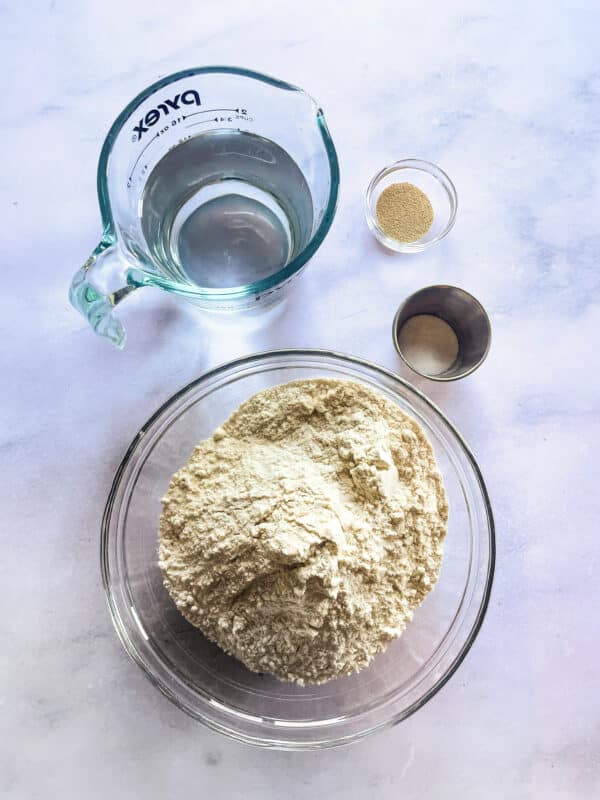
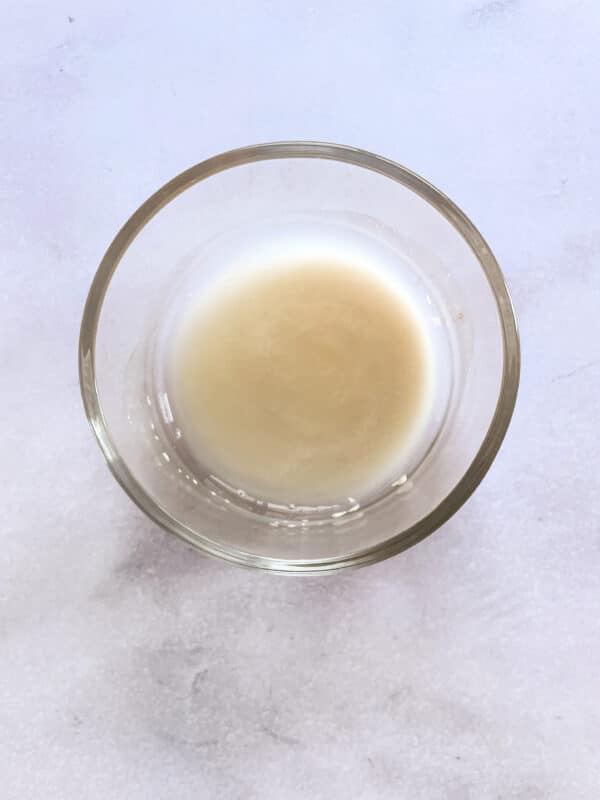
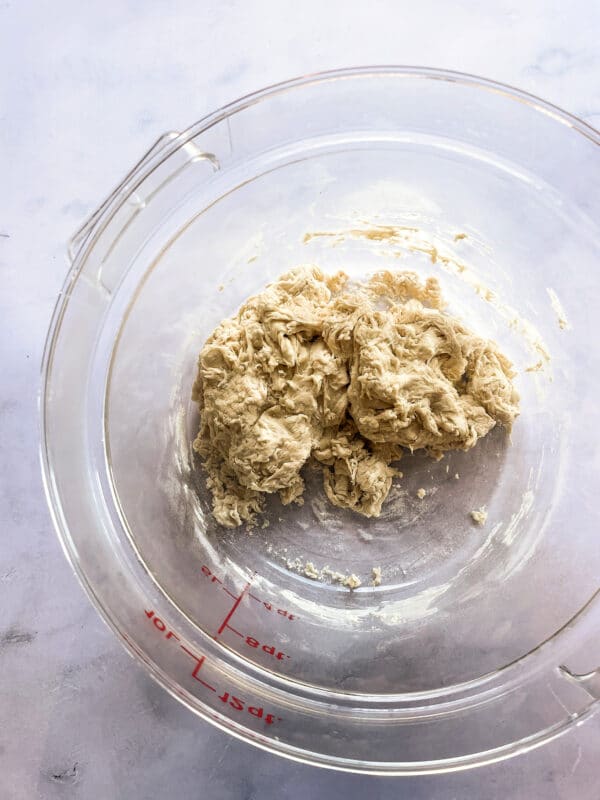
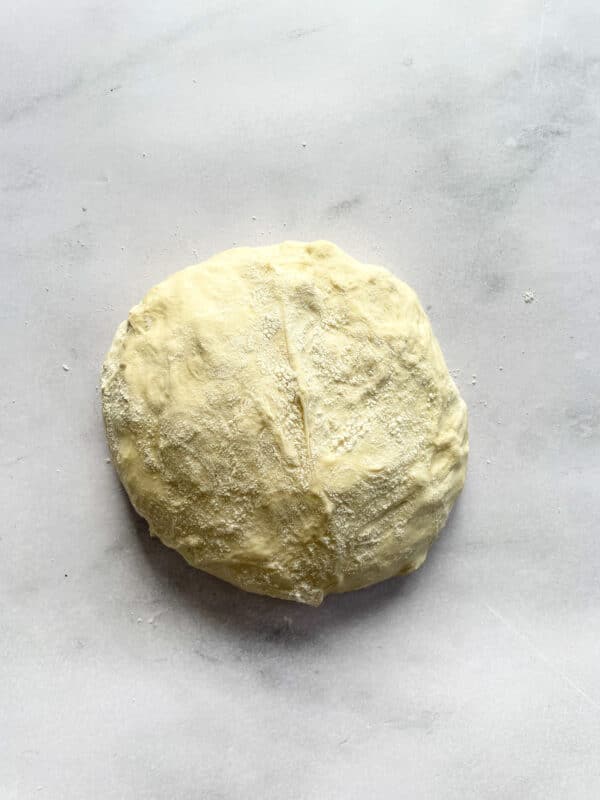

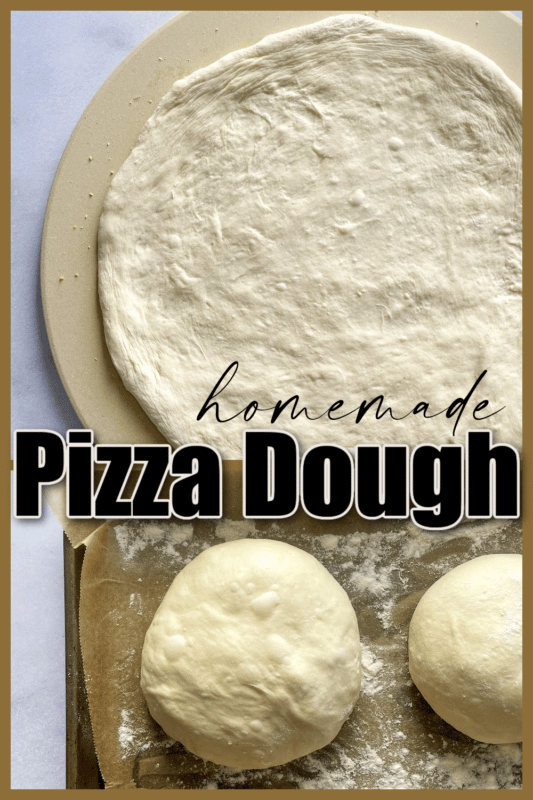

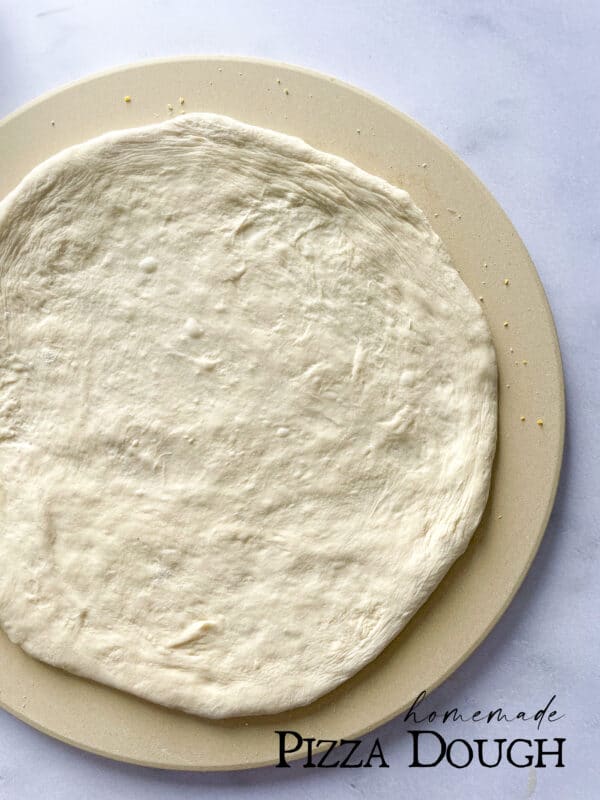

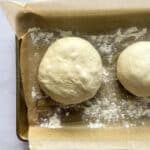
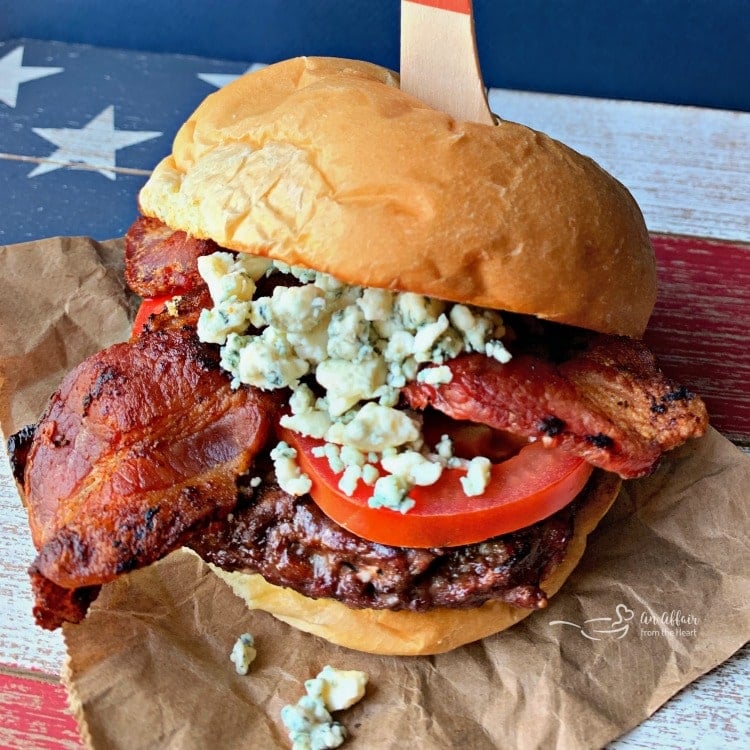
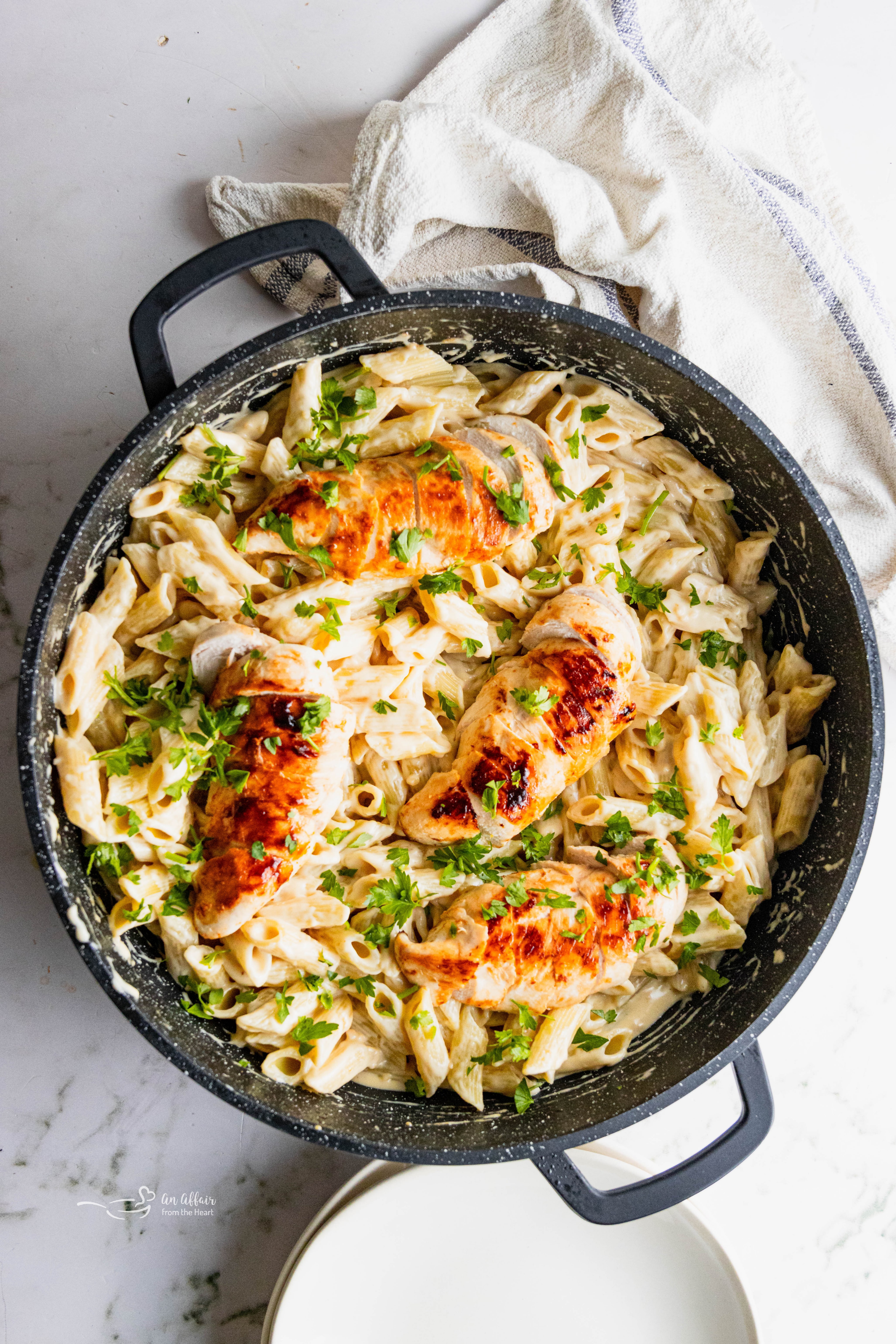
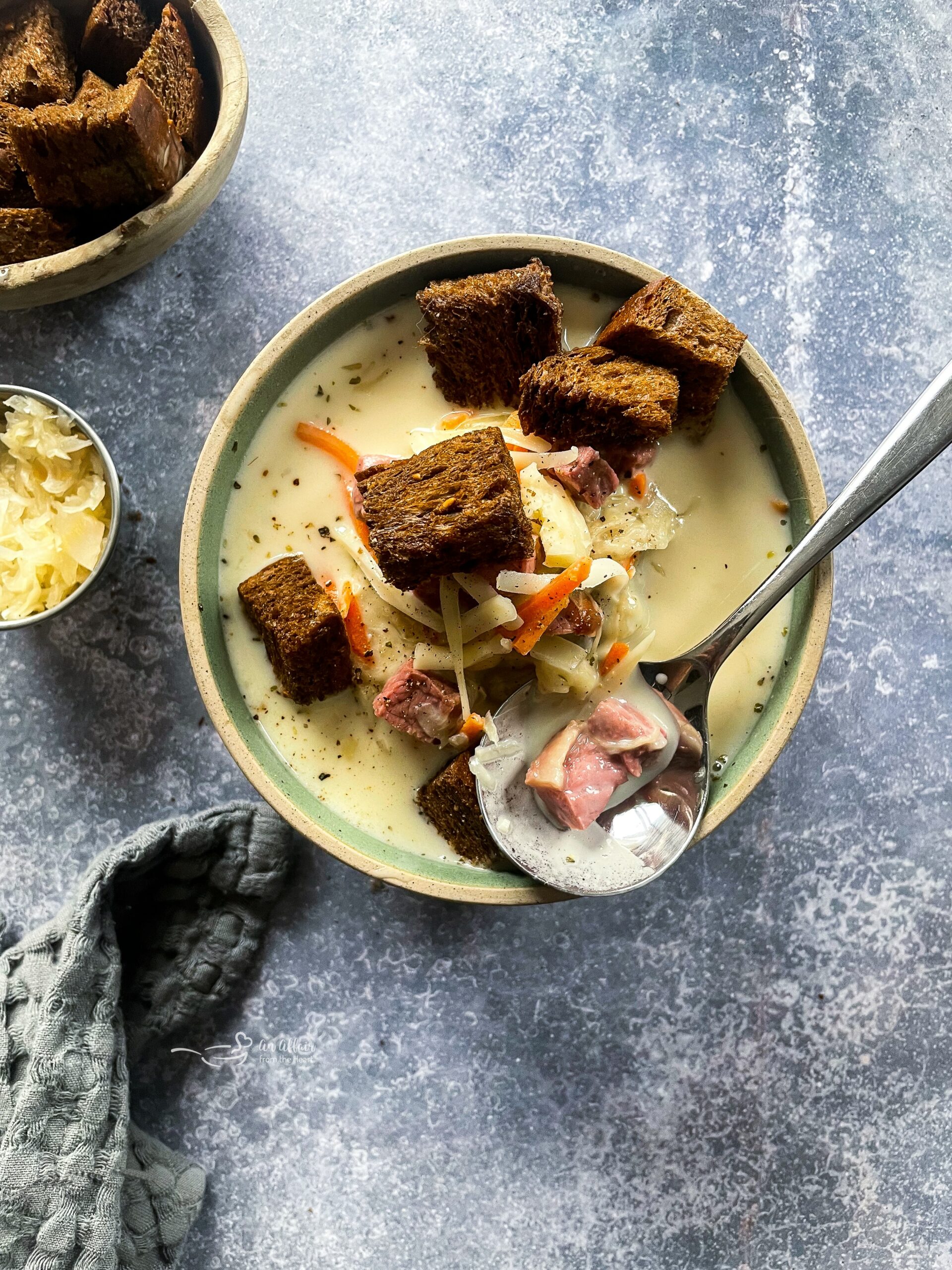
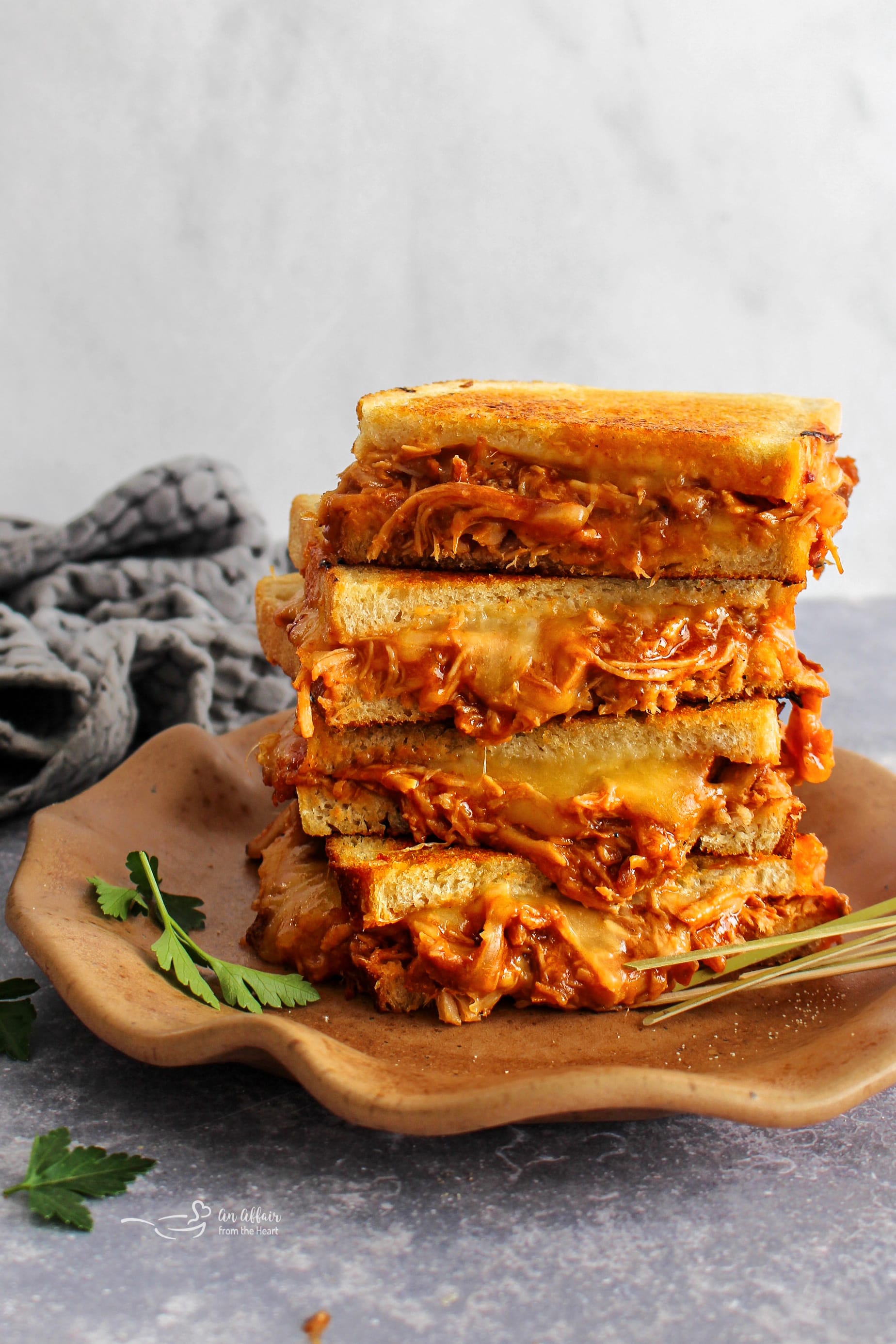
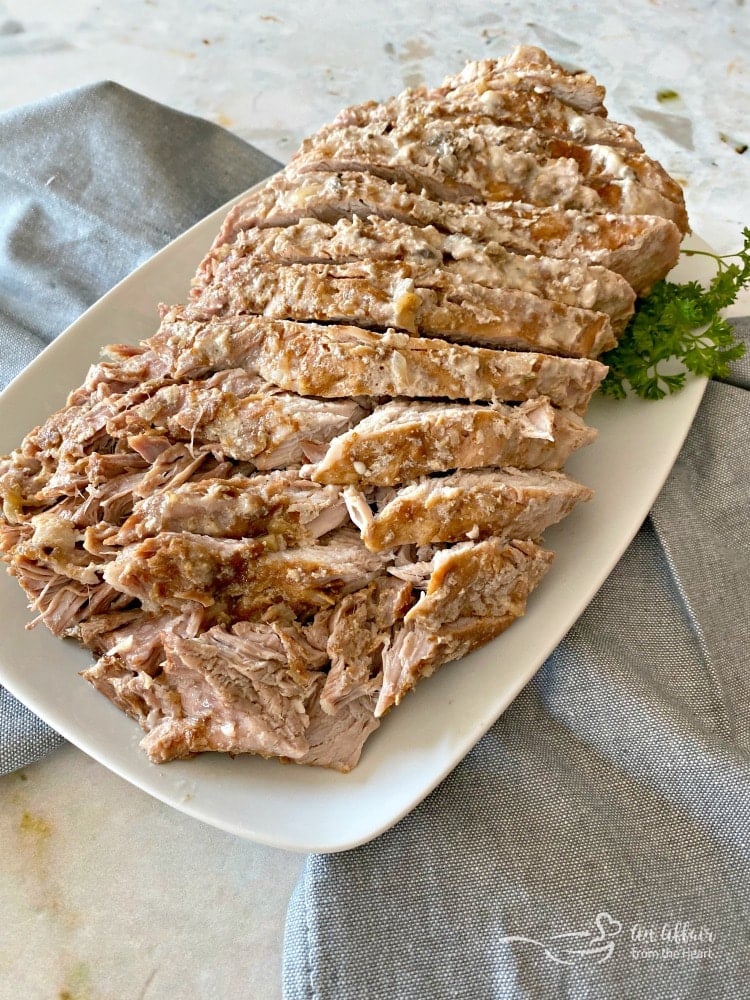
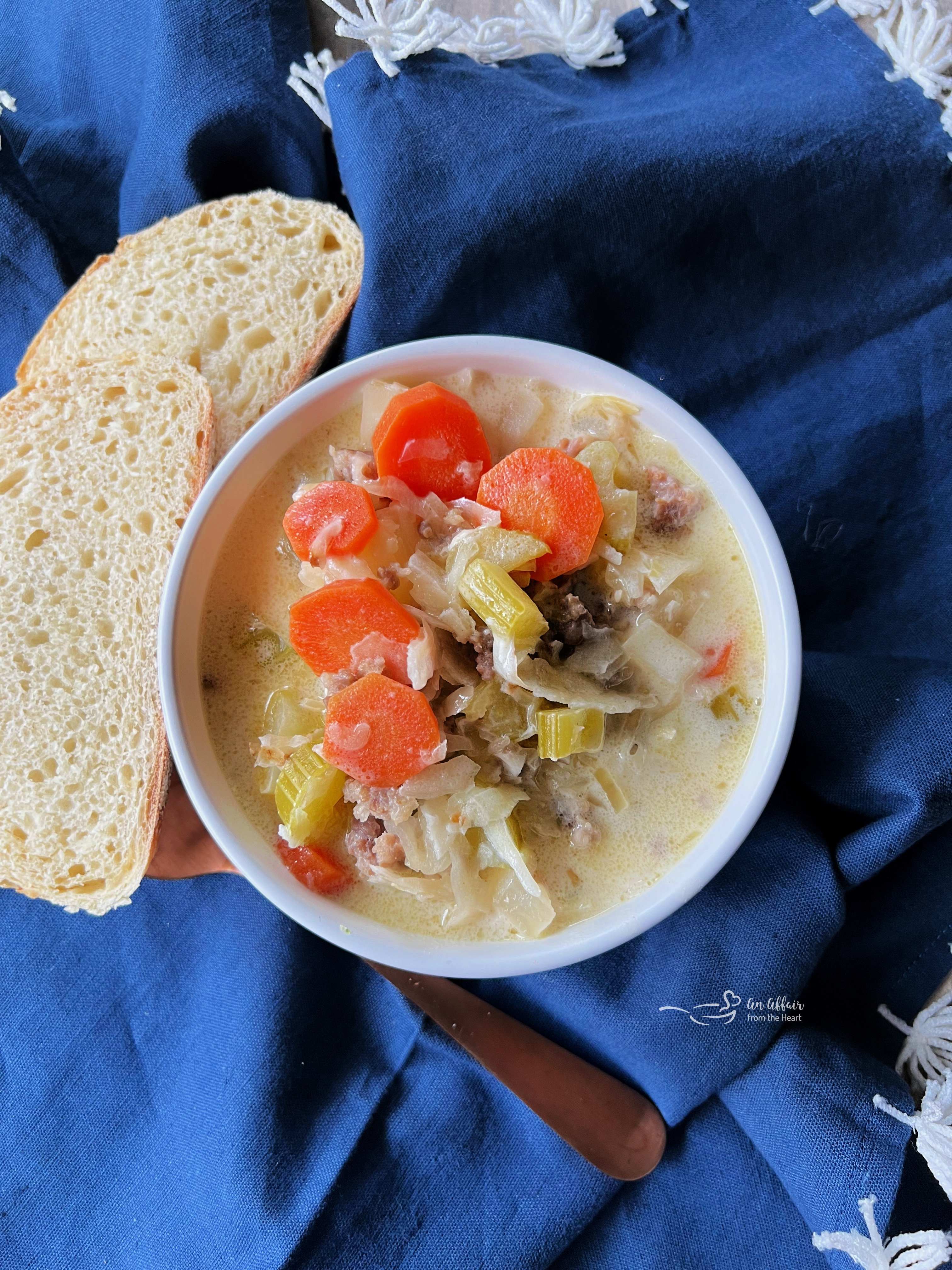
Great dough recipe! Made for fantastic pizzas when we had friends over. Everyone loved the golden crisp!
Perfect and easy dough we love it and make it often great recipe
I love this recipe! A great, simple pizza dough is a thing of beauty. That’s the base from which all delicious pizzas are made.
What a great recipe! Now we can make homemade pizza whenever we want instead of paying for pizza delivery. Thanks for the tip about freezing this dough for up to 3 months, too.
great homemade pizza dough recipe – we made a few and froze it to be used any time
Perfect! I love this recipe! I haven’t made one in ages. Thanks for the idea!
Love love love pizza! And your dough is pretty easy to make. It is on the menu for tonight! 😊
The recipe was super easy to make and the pizza came our fantastically! Thanks for a great pizza night!
i can’t get enough on how easy this homemade pizza dough is
Very useful post on homemade pizza dough. Thanks for sharing
Step six includes the instruction “After 30 minutes apply the first fold.” What is a “first fold” and how do I apply it?
You are basically folding the dough to release any air bubbles. It will give you a higher rise. Here is a great article on The Spruce that explains it really well. I hope this helps!
I’m still a little confused on the first fold part, I followed the link to the spruce you gave another commenter but do I only do the 1/3 fold or do I do all 4 fold steps? Each was called a fold so that really threw me off since your recipe says first fold.
When it says to apply the first fold, essentially a fold means all four corners of the dough are folded inwards. So four corner folds will make up the first “fold”.
One fold means essentially all corners of the dough are folded inwards.